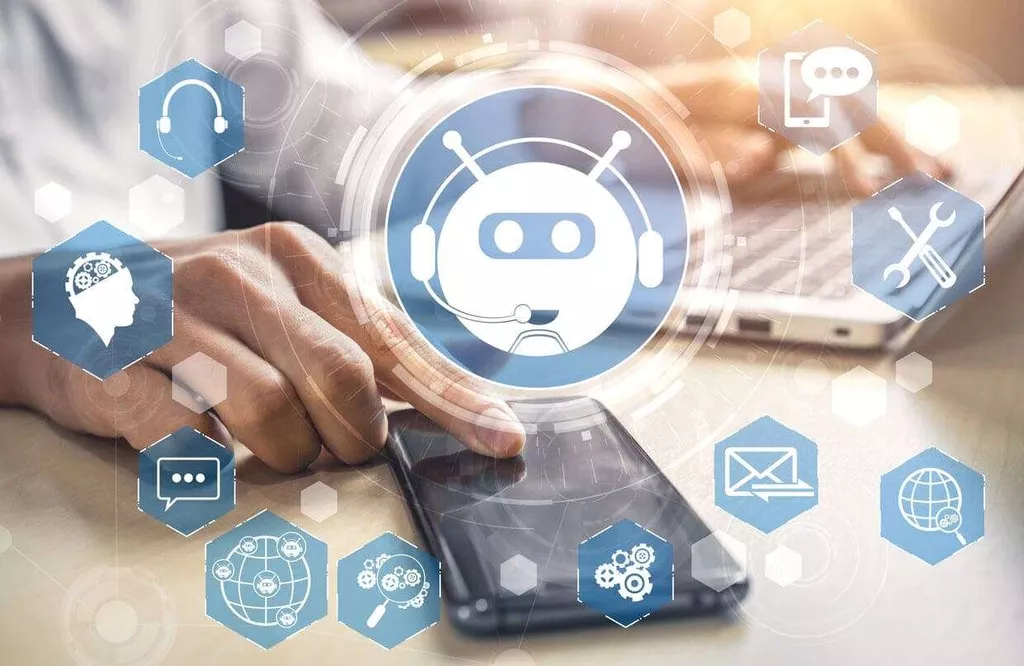Generative AI in healthcare: Emerging use for care

Nature Medicine asked six leading researchers to explain how LLMs are beginning to transform healthcare. The full texts of the articles that met the inclusion criteria were screened by one of the reviewers. Of the screened articles deemed eligible for inclusion, 58 were conference or meeting abstracts and did not have full texts available; therefore, they were excluded. Conversational agents effectively triage patient requests while customizing their support around the patient’s personal information and interaction history. We attached earphones to the speaker, which deliver inaudible sound bites for activating the device and invoking custom applications, such as triggering a health survey or invoking a medication reminder. In the ever-changing world of technology, where innovation knows no limit, only a few things have evoked as much awe as the exponential growth of computing.
Improving voice technology diversity in healthcare with inclusive interfaces and conversational AI – Wolters Kluwer
Improving voice technology diversity in healthcare with inclusive interfaces and conversational AI.
Posted: Mon, 20 Nov 2023 08:00:00 GMT [source]
An overarching assessment of the acceptability, usability, and effectiveness of these agents in health care is needed to collate the evidence so that future development can target areas for improvement and potential for sustainable adoption. Triaging services is objective, and assessments are generally unbiased during the interaction. However, biases can be introduced in other ways, for example, during the training of the language model or of the recommendation algorithms.
Tackling healthcare’s biggest burdens with generative AI
Care providers can use conversational AI to gather patient records, health history and lab results in a matter of seconds. Appointment scheduling and management systems are a common part of healthcare facilities nowadays. However, it is equally not uncommon to find many systems with a complex UI that conversational ai in healthcare can get frustrating for patients. It won’t come as a surprise, then, that health care’s largest companies are ready to roll out their AI applications—not tomorrow, but today. When I spoke to Paul Hudson, CEO of Sanofi, a year ago, he already was bullish on the promise of AI for drug discovery.
This also ties into the “philosophy of care” practiced in the region and even in the specific hospital. Due to societal, cultural and economic differences, the attitudes towards healthcare may differ between countries and regions. And this often directly translates into the clinical protocols adopted in the region and hospital. Integration with EMR and Other SystemsA conversational AI solution that is an island in and of its own is hardly better than a rule-based bot. To get the best out of the solution, it needs to be integrated into other internal systems within the hospital to form an information ecosystem. One way is to ensure that all the training data in the NLP model is itself correctly predicted by the model.
Healthcare
Leading healthcare providers can use conversational AI to streamline internal and external support. Many patients ask pressing questions that require immediate response without demanding the attention of a healthcare professional. The answers to these FAQs, if delivered via a self-service knowledge base, can satisfy frequent queries. A research study on customer experience confirms that 92% of consumers would prefer using a knowledge base for self-support if available. Many people may think of AI-powered chatbots when they hear about conversational AI technology, but the reality is that healthcare providers can do a lot more with it than just automate scripted conversations on a website.
We conducted iOS and Google Play application store searches in June and July 2020 using the 42Matters software. A team of two researchers (PP, JR) used the relevant search terms in the “Title” and “Description” categories of the apps. The language was restricted to “English” for the iOS store and “English” and “English (UK)” for the Google Play store. The search was further limited using the Interactive Advertising Bureau (IAB) categories “Medical Health” and “Healthy Living”. The IAB develops industry standards to support categorization in the digital advertising industry; 42Matters labeled apps using these standards40. Relevant apps on the iOS Apple store were identified; then, the Google Play store was searched with the exclusion of any apps that were also available on iOS, to eliminate duplicates.
For instance, it can issue reminders for critical actions to patients after they have submitted the details of post-care actions followed. Patients often undergo periodic checkups with a doctor for post-treatment recovery consultation. However, if they fail to understand instructions in their post-care plan, it can worsen their recovery and may have side effects on health. This is where they need a system that can bridge the communication gap and support them during recovery. Example – an AI system logs frequent instances of attempts made to book appointments with a pediatrician in a certain timeframe.
- Some students who used the virtual patients also reported that it was difficult to empathize [50] and that the agent did not sufficiently encompass real situational complexity [15].
- Therefore, these studies were coded as other and assessed using the AXIS tool for cross-sectional studies, which was deemed to provide the most systematic evaluation of the various elements of the studies [30].
- Four apps utilized AI generation, indicating that the user could write two to three sentences to the healthbot and receive a potentially relevant response.
- The functionality of conversational agents ranges from triggering notifications to responding to simple commands and questions [
11
]. - However, if they fail to understand instructions in their post-care plan, it can worsen their recovery and may have side effects on health.
